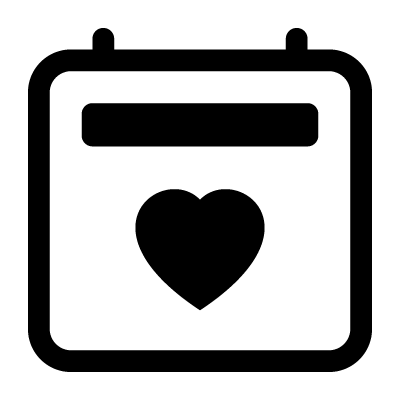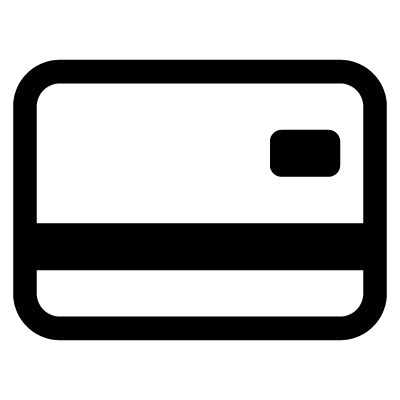Mastering Plastic Engraving with The 30 Bits Set
Looking to engrave on plastic but don’t know where to begin? Then you're in luck! In this blog post, we'll show you how to use the 30 different bits that come with your pen to create beautiful engravings on plastic.
You'll be amazed at what you can create with a bit of practice and the right techniques! So grab your pen and let's get started!
First, talk about why plastic is such a great material to work with. It's lightweight, durable, and can be found in a wide range of colors and finishes. Plus, engraving on plastic can result in a clean and professional-looking design. You can create beautiful and long-lasting engravings on plastic items like phone cases, laptop covers, and even water bottles. There are no limits to Engraving on Plastic.
What Bits should I use? Engraving on Plastic
Starting with the most useful bits to the less useful we have.
The Pointy Tips, which are perfect to create seamless projects with a super clean finish.

What you can do: fine lines and precise strokes.
Here’s a little top 3 list of the types of plastic that works better with this Bit
- Acrilyc
- Polyethylene
- Polypropylene
Disclaimer: Using the Pointy Bits on harder plastics can dull the bit and it won’t give you the best results.
Next in our guide, we have the Ball Tips which will help you create soft engravings, with slightly less deepness.

What you can do: Medium lines.
And here are the top 3 plastics that’ll work the best
- Acrilyc
- PP
- ABS
- PVC
Now we have the Square Bits, that will help you create a more deep engrave than the Ball Tips.

What you can do: Stronger lines and more defined strokes.
ProTip: Use it slightly in angle to create shadows and give your project a unique touch.
General Tip: We recommend having a damp or wet cloth to remove all remaining dust and material on each for more precise work.
Now we have the Pincel Tips. Just for the looks, it seems like these are the most useful bits to use, but actually, they’re not.

What you can do: When used slightly in angle you can create a less precise shadow and also a blur effect on your projects.
And last but not least we have the Carbide Burr Bit, you can find this little guy on your Customizer Box.

What you can do: You can create pretty deep strokes, but it can be hard to get precise ones.
|
Before we end we have a little nugget for you!
When using 3D printing you can use the same bits but as a protip -work perpendicular to the filament lines so you don’t ruin your piece and avoid any accident.
|
We hope that this guide has helped you feel more confident about using your Customizer engraving pen to create beautiful designs on plastic surfaces. With the right bit and a little practice, you'll be able to achieve impressive results that will make your projects stand out. Remember to take proper safety precautions, experiment with different bits, and have fun with the process. We can't wait to see what you create!
If you have any questions or would like to share your own tips and tricks, feel free to leave a comment below. And don't forget to check out our other blog posts for more engraving inspiration and techniques.
If you want to learn more, don’t miss our other blog posts.







1 comment
Keep up the guides please. I am a carver (wood mainly) but like to use the customised to sharpen up the edges and precision work. I use larger tools for roughing out etc.